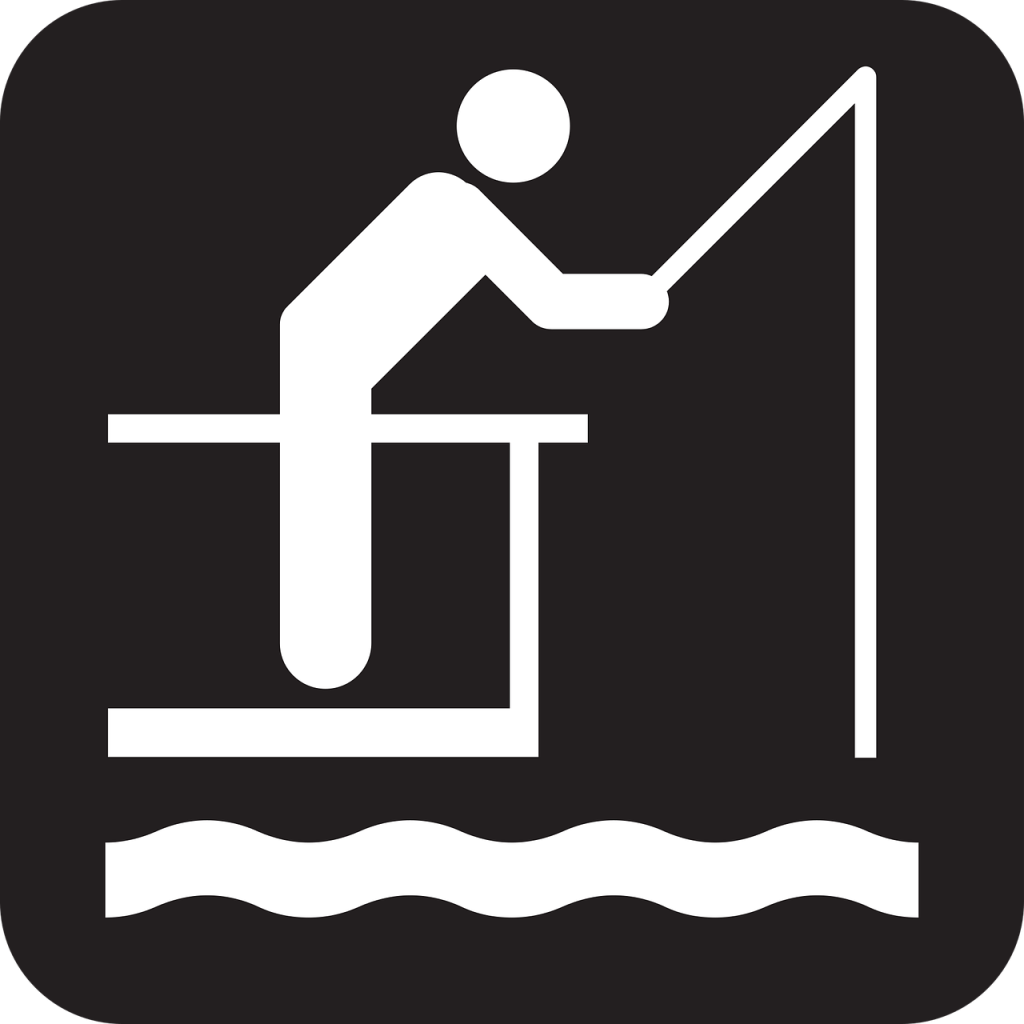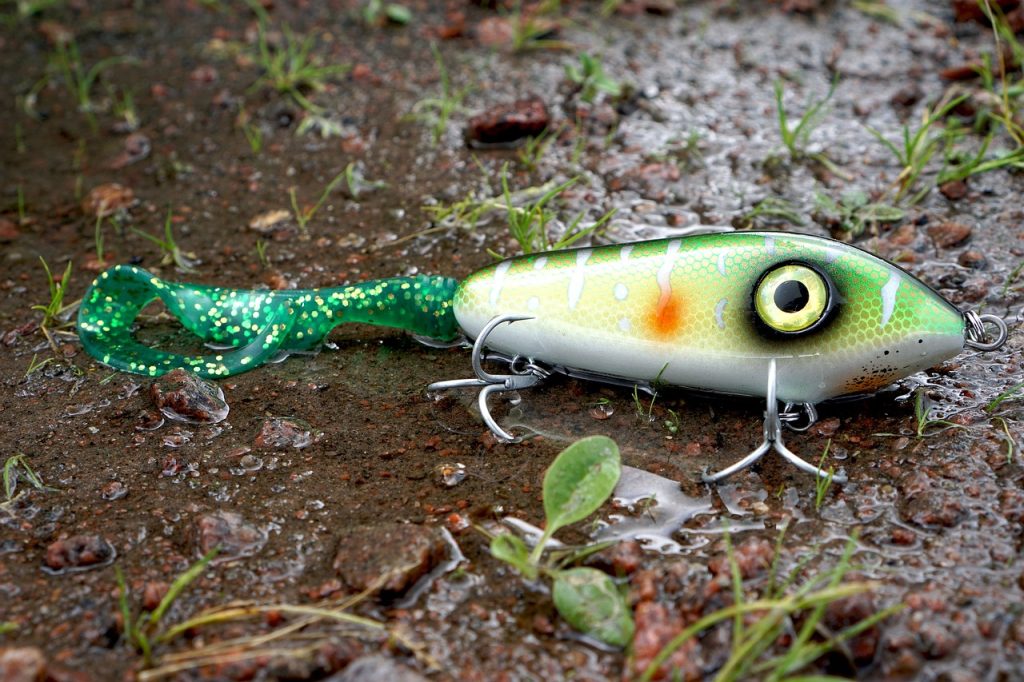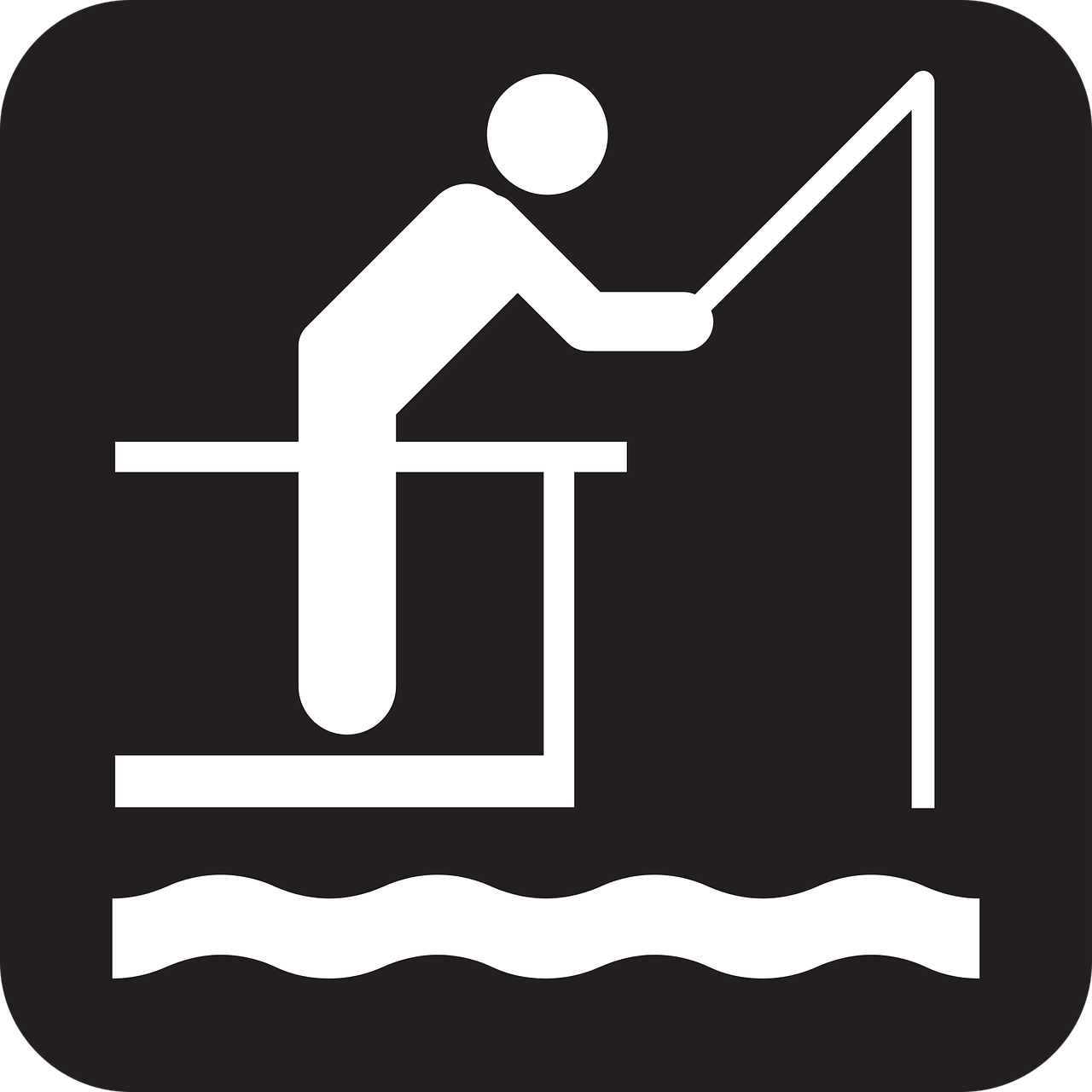When you set out for a day of saltwater fishing, have you ever wondered about the perfect rod to accompany you on your adventure? Choosing the right saltwater fishing rod can significantly impact your experience and success on the water. In this guide, we will walk through the key elements you should consider to ensure you make an informed choice.
Understanding Saltwater Fishing Rods
Saltwater fishing rods are specifically designed to withstand the harsher conditions found in marine environments. The proportion of salt in the water, the bigger fish you are targeting, and the varied techniques used all play a part in the requirements for a fishing rod suited for saltwater.
Durability is Key
One of the first things to look for in a saltwater fishing rod is its durability. The saltwater environment can be tough on equipment, and you want a rod that will stand up to the elements. Rods made from materials like graphite, fiberglass, or a composite of both tend to be robust and resilient against corrosion and wear, ensuring longevity.
Power: The Backbone of Your Rod
Power refers to the rod’s ability to handle force and is categorized from ultra-light to heavy. It’s essential to choose a rod power that matches the fish species you expect to catch. For example:
| Fish Type | Recommended Rod Power |
|---|---|
| Snapper | Medium to Medium-Heavy |
| Tuna | Heavy |
| Striped Bass | Medium-Light to Medium |
| Marlin | Heavy |
When selecting your rod, think about what fish you’ll be targeting and consider how much strength and control you’ll need.
Action: The Rod’s Response
Action describes how much a rod bends when pressure is applied. There are three main types of rod action—fast, medium, and slow. Understanding these actions can help you make a choice that aligns with your fishing style:
- Fast Action: Bends mostly in the tip, ideal for quick hook sets—great for species like tarpon.
- Medium Action: Provides a balance and is versatile for a variety of species.
- Slow Action: Bends through most of the rod, which is excellent for bait fishing as it provides a softer tip for playing fish.
Length Matters
The length of the rod can affect casting distance, leverage, and control. Most saltwater fishing rods range from 6 to 12 feet. A shorter rod allows for better control, while a longer rod can help you cast farther. Here’s a quick breakdown:
| Rod Length | Best Use |
|---|---|
| 6-7 feet | Inshore fishing |
| 7-9 feet | Offshore and beach fishing |
| 10-12 feet | Surf casting and pier fishing |
Consider where and how you’ll be fishing to decide on the optimal rod length for your needs.
Choosing the Right Guides
The guides are the rings that line your fishing line up with the rod. For saltwater fishing, look for guides made of corrosion-resistant materials, such as stainless steel or ceramics. This will ensure your rod lasts longer in a saltwater environment, especially after prolonged exposure to salt and sand.
Handle Comfort is Important
Comfort should never be an afterthought when choosing a fishing rod. The handle’s design will greatly influence your fishing experience. Here are the two main types of handles:
- EVA Foam: Lightweight and comfortable, providing a good grip even when wet.
- Cork: A traditional material that feels good in hand and provides excellent sensitivity.
You may want to feel both options in your hands to see which one you prefer.
Weight of the Rod
Weight affects not just how easy it is to use your rod, but also how long you can fish comfortably. Lighter rods can reduce fatigue during extended fishing trips. However, make sure that in your effort to reduce weight, you are not compromising on strength and durability.
Reel Compatibility
Another crucial aspect to consider is the compatibility of your rod with the reel. Rods and reels are engineered to work together optimally, so look for power and action ratings that match your rod to ensure a balanced setup. Many manufacturers will specify which reels are designed to pair with their rods.
The Saltwater Environment
Saltwater fishing rods endure conditions that freshwater rods typically do not have to contend with, so it’s important to consider environmental factors.
Corrosion Resistance
Because of the salt in the water, corrosion can quickly become a problem. Seek out rods with anti-corrosive agents or coatings to protect against rust. This is especially true for all exposed metal components.
UV Protection
The sun’s ultraviolet rays can degrade both the rod and the line. Look for rods with UV protection to extend the life of your gear. Some brands specifically highlight UV-resistance as a part of their design features.
Seasoned Experience: Brand and Reviews
While it might be tempting to go with an unknown brand for cost savings, seasoned anglers often recommend sticking with reputable brands that offer warranties and proven track records. Check online reviews and testimonials to gauge user satisfaction.

Maintenance Tips for Your Saltwater Fishing Rod
Once you’ve selected your ideal saltwater fishing rod, keeping it in top condition will enhance its performance and longevity.
Cleaning After Each Use
After every fishing trip, rinse your rod with fresh water to eliminate any salt residue. This minimal effort will prevent corrosion and prolong its lifespan.
Regular Inspections
Before you head out, conduct regular inspections of your rod. Look for signs of wear or damage, such as loose guides, chips, or cracks. Maintaining your equipment will ensure you are always ready for action.
Storage
Proper storage is essential. Whenever possible, store your rod vertically, or in a protective case, to prevent bending or damage. Also, keep your rod out of direct sunlight to prevent UV damage.
Repairing Damage
If you do notice damage, it’s best to address it as soon as possible. Depending on the severity of the issue, you may need to replace guides or even the entire rod. However, many minor issues can be fixed with a little care.
Budgeting for Your Rod
While it might be tempting to splurge on the state-of-the-art gear, establishing a budget ahead of time can help you find a rod that fits your needs without going into debt.
Entry-Level Rods
If you’re just starting out, you might want to consider an entry-level rod. These rods offer good quality without breaking the bank. Make sure to look for reputable brands that cater to beginners.
Mid-Range Options
For those who have a bit more experience and are willing to invest more, mid-range rods provide excellent quality and often come with advanced features that will enhance your fishing experience.
High-End Choices
If you are a serious angler who spends a lot of time fishing, investing in a high-end rod may be worth it. These rods are typically lighter, more comfortable, and offer superior performance. Just remember, more expensive doesn’t always mean better; determine if the features align with your fishing style.

Conclusion: Your Perfect Saltwater Fishing Rod Awaits
Selecting the right saltwater fishing rod involves several important considerations, from the core strength and action to the unique features that suit your fishing style. As you gear up for your next fishing adventure, remember that knowledge is your ally. By understanding what to look for in a saltwater fishing rod, you’ll enhance your chances of having a successful and enjoyable experience on the water. Happy fishing!




